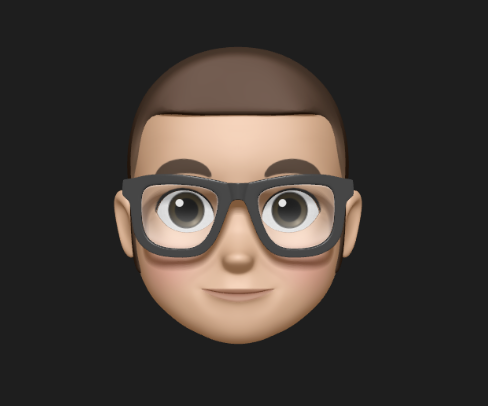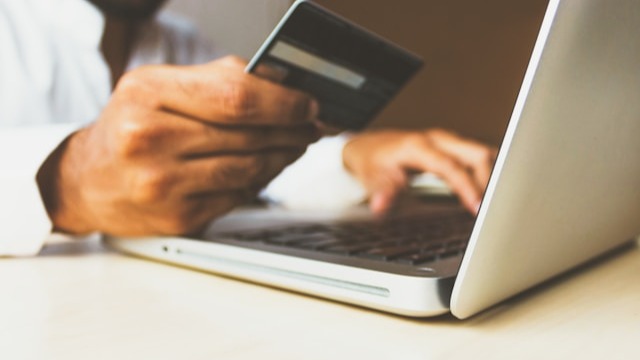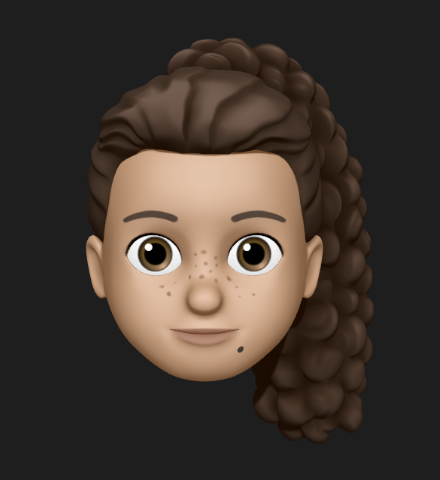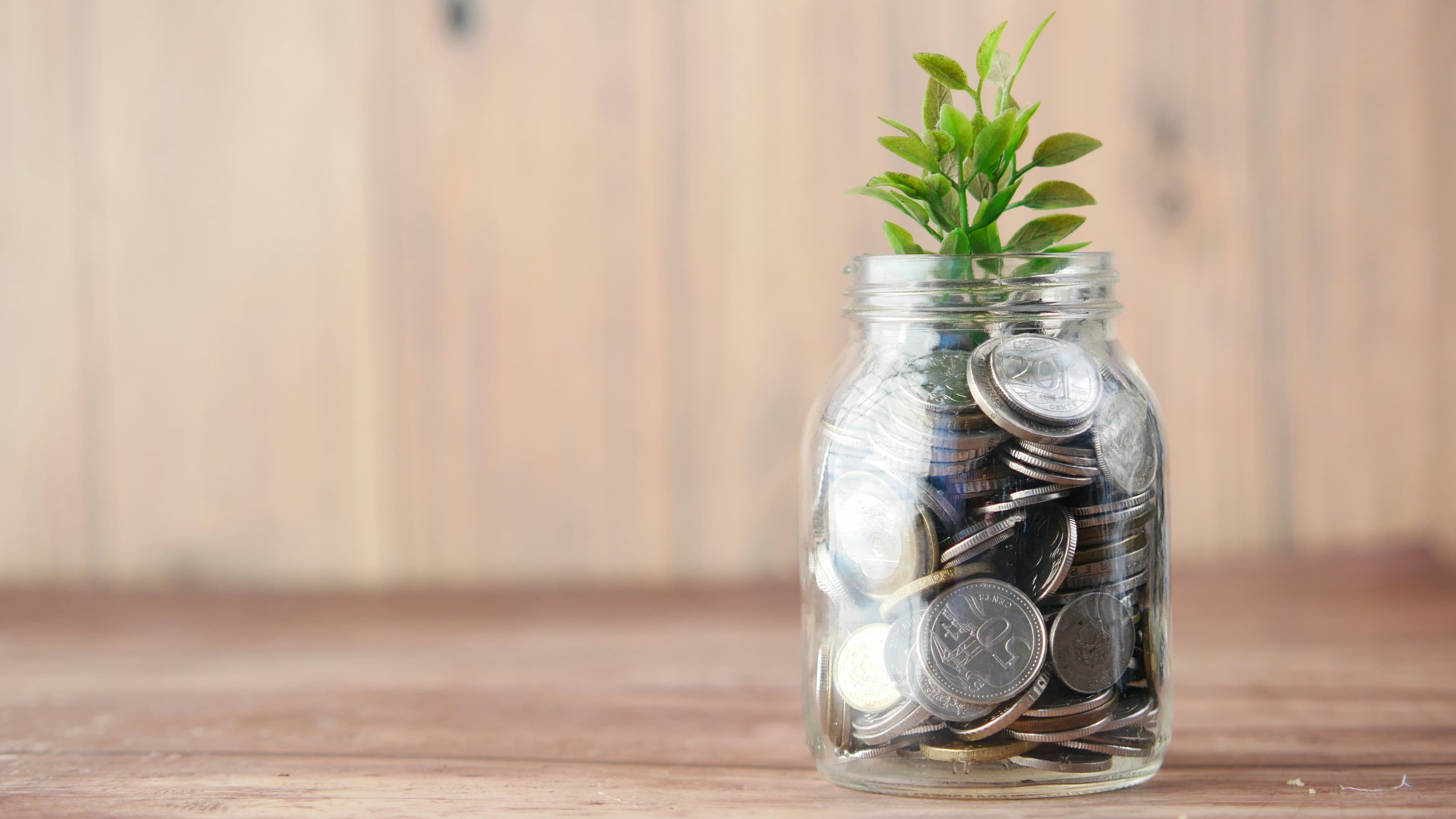 Your Money
Your Money Exchange Rate: What It Is and How It Impacts Your Wallet
Before planning a trip or exchanging currency, it’s important to understand what the exchange rate is and how it works. Click and learn all the details.



Credit cards are a very common financial tool, but also one that generates many doubts. How do they differ from a debit card? What advantages do they offer?
These cards are payment methods available for spending without needing to have funds in your bank account. That is the main reason why users request them. But if you're thinking of applying for your first one or want to better understand how it works, read this article.
It is a financial instrument that allows you to buy products/services today and pay for them later. Unlike a debit card, you don’t need to have money in your account at the time; the bank lends it to you. Of course, you must repay it on a scheduled date.
That is one of the main features of a credit card: you can make purchases even if you don’t have available funds. Plus, you can use it in physical or online stores, as well as choose to pay in one installment or over several months.
It sounds very attractive, but using a credit card (TDC) isn’t free. When you pay with it, the money isn’t yours; it’s the bank covering that expense for you.
At the end of the month, you choose whether to repay everything you spent or pay in parts, though it has a usage limit.
Here’s how it works:
Every time you pay with your card, it’s deducted from the maximum available amount.
As you repay what you owe, that money becomes available again.
From your bank's app or online banking, you can check your available balance, amount used, and payment date.
Yes, and although all of them essentially allow you to buy now and pay later, they’re not all the same. Generally, credit cards can be classified by how you repay what you spend and who issues them:
Full payment at the end of the month. This is the most common option. You use the card during the month and pay the total in one go on the billing date.
Deferred or revolving payment. Allows you to divide the payment into monthly installments. You can choose a fixed amount or a percentage of the total, but this method incurs interest.
Universal cards. Issued by banks and work with networks like VISA or Mastercard. Both are accepted at most stores, physical or online.
Private cards. Credit cards are not always issued by a bank; there are also private credit cards issued by other financial institutions or commercial chains. Their use is limited to certain stores or store groups, as they are designed for purchases within a specific brand or network.
It’s important to find out the terms your bank offers before applying for a credit card.
A credit card can be very useful if used responsibly. It not only allows you to pay later, but also offers additional benefits that simplify your daily life.
Some of the advantages of having a credit card include:
Gives you flexibility to organize your payments. You can choose when and how to pay for your purchases, whether all at once or in parts.
You don’t need to carry cash. It’s safer and more convenient, especially when traveling or making large purchases.
Helps build credit history. Used properly, it improves your credit rating for future loans.
Expense control. You can review all your spending in the app or monthly statement.
Discounts and rewards. Some cards offer points, miles, or cashback for every purchase made.
Gives you financial leeway. Useful for taking advantage of a promotion or covering an expense until income arrives.
Financing offers. Sometimes you can transfer your debt to another card with lower interest and save on payments.
Access to included insurance. Many credit cards offer protection in case of theft, lost luggage, or flight delays.
Quick cash access if needed. They allow cash withdrawals from ATMs, though it's recommended only in emergencies.
Multipurpose. You can use it in physical stores, online shops, or while traveling abroad.
Of course, the benefits depend on the type of card you have and the issuing entity.
When you receive a credit card, you're entering into a commitment with the bank. So, it's important to understand how to use a credit card for the first time to avoid common mistakes.
Here are the aspects you should consider:
You can pay for your purchases in one installment or split them into several. However, the second option includes an interest rate set by the bank. In some countries, you can choose how many installments you want at the time of purchase.
This is the cost the bank charges you for lending money.
If you pay the total on time, no interest is charged.
If you only pay part, monthly interest begins to accumulate.
The smaller the installment, the more interest you accumulate.
Some issuers charge bank fees for issuing the card, using it abroad, or withdrawing cash at ATMs. This should appear in the contract, so read it to know when these charges apply.
Before signing up, it’s essential to check the CAT, i.e., the real cost of using the credit card. This includes interest, fees, and any other charges attached to the card.
Each credit card comes with a maximum amount of money available to spend, defined by the bank based on your income or history.
Ideally, stay below 30% of your limit instead of using the full amount to maintain better control.
This is the portion of credit you have free to keep using. Each time you make a payment, that amount is deducted from your debt and becomes available again for future purchases.
Credit cards have a billing date and a payment due date. The first is when your statement is generated, and the second is the deadline to settle your debt. If you miss it, interest or late fees may apply.
Each month you’ll receive a summary of everything you bought: how much you owe, what interest applies, and how much you must pay. This information is accessible via your bank’s app.
Although using credit cards is very appealing, you must take some preventive measures.
Here are our recommendations:
Avoid inserting your card into poorly lit machines or those showing signs of tampering.
Don’t allow your card to be swiped more than twice on a terminal.
When shopping online or entering bank data, ensure the website has “https://” and a security padlock. Try not to use public networks or someone else's devices.
Keep receipts of your transactions to verify charges and have evidence in case of disputes.
Log out of online store sessions.
Taking these precautions protects your money and personal information.
Where does DolarApp’s DolarCard fit in?
Many wonder whether it works like a debit or credit card, but the truth is that it’s a prepaid card, which is more efficient.
If you use it with pesos in Mexico, Colombia, or Argentina, it works similarly to a debit card. But you can also use it in physical stores, online shops, or while traveling abroad since it also operates with digital dollars (USDc).
Here are the main features of DolarCard:
It’s an international Mastercard, backed by the balance in your DolarApp account.
It doesn’t generate debt like a conventional credit card, but it’s also not linked to a traditional bank account.
Each time it’s used, the amount is instantly deducted from your balance.
It has no annual fees or hidden charges.
It has global coverage anywhere Mastercard is accepted.
In short, it’s the perfect alternative to international credit cards offered by traditional banks.

The world has borders. Your finances don’t have to.
 Your Money
Your Money Before planning a trip or exchanging currency, it’s important to understand what the exchange rate is and how it works. Click and learn all the details.

 Your Money
Your Money As moedas e cédulas brasileiras são subdivididas em centavos e reais. As famílias A e B reúnem as moedas atualmente em circulação, enquanto a família mais recente de cédulas é a Segunda Família do Real, lançada pelo Banco Central a partir de 2010.

 Your Money
Your Money Interest rates are a crucial factor that influences every step of your financial journey. We explain their definition and how they work


